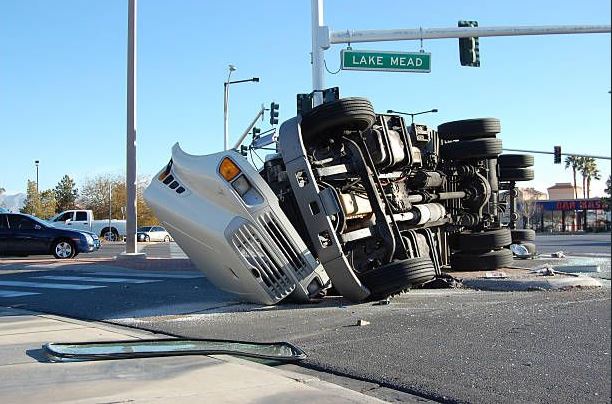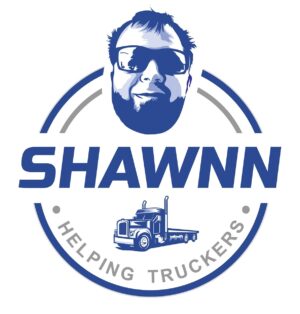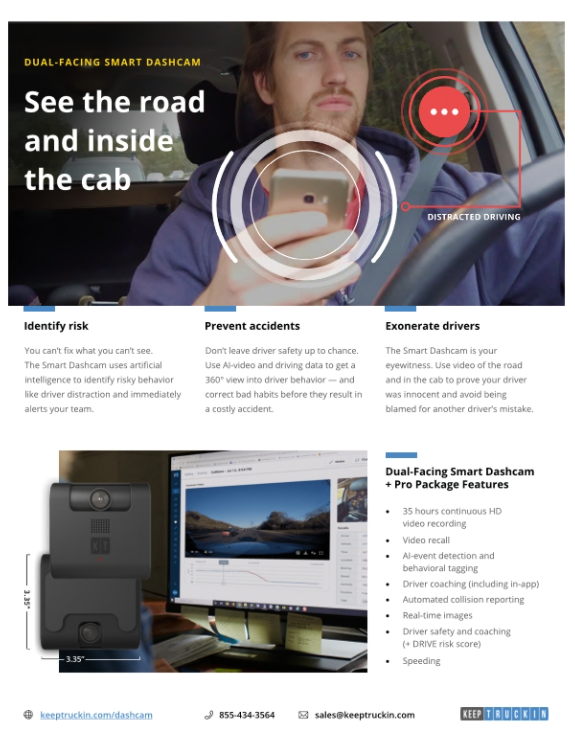
Here are some tips and ideas you could incorporate into your training, in the event of a truck accident:
• Take pictures, of where the vehicles were left.
• Try to work in a landmark like a power pole, bridge, or road sign.
• Start taking pictures of the full accident scene at 50 feet away, then move closer in intervals of 10 feet.
• Zero in on the impact areas for all vehicles involved.
• Take pictures on all sides of vehicles to identify any pre-existing or abnormal damage.
• Take pictures of skid marks in the road starting 50 feet away and moving in.
• Photograph any detached parts that may be laying at the impact point (e.g., fenders, glass, plastic).
• Take a picture of any debris in the roadway that may have caused the accident.
• Pictures should focus on the physical damage at the scene.
• Photograph the license plates of all vehicles involved, as well as witnesses to the crash.
• If possible, collect all damaged parts, especially tires that blow out. Tires can be investigated and inspected to identify manufacturing defects.

• Photos of blood or gore can actually impede the claim resolution process and will be seen as a negative in the claim and court processes.
• Document the weight of the vehicle and whether it is empty or full. This helps with the stopping distance calculations.
If your team needs assistance with your commercial truck insurance, safety programs, or establishing a good recordkeeping system, please contact the transportation insurance professionals at The Daniel & Henry Company today.

